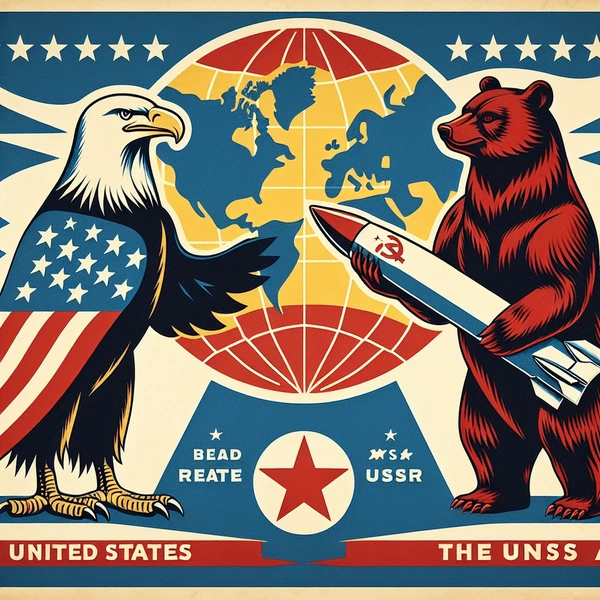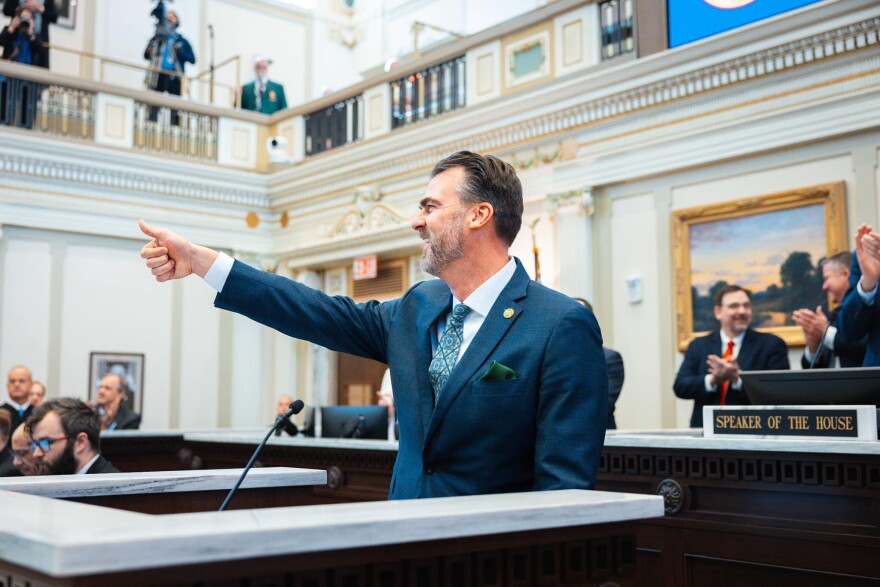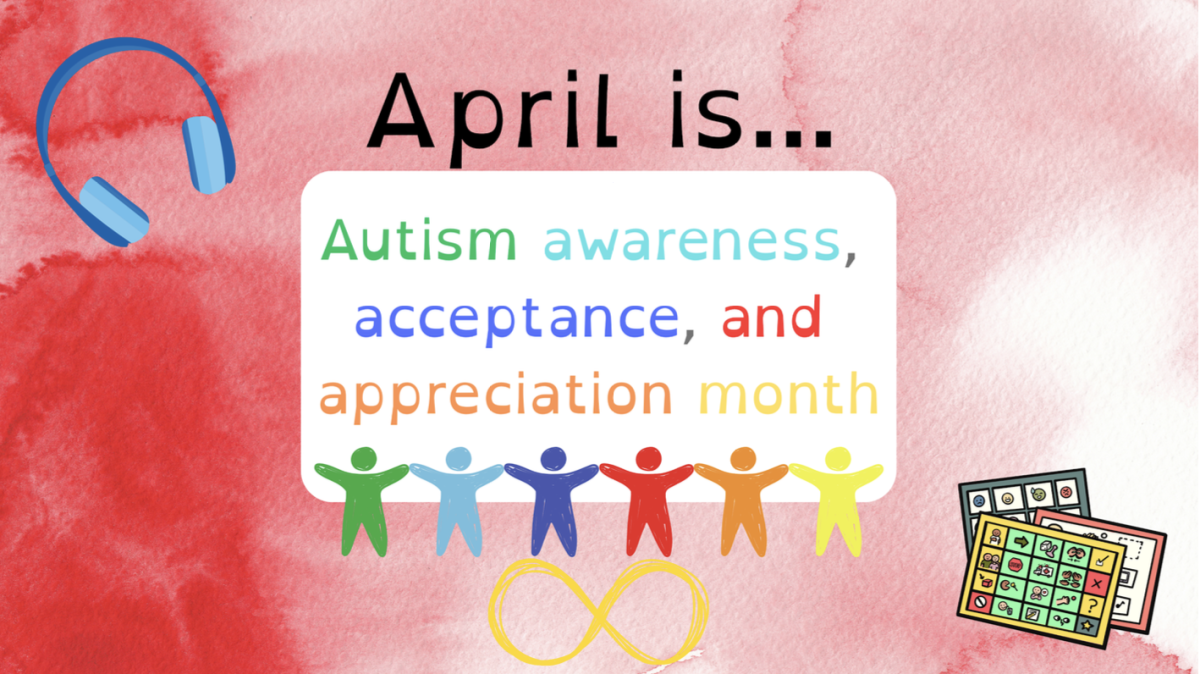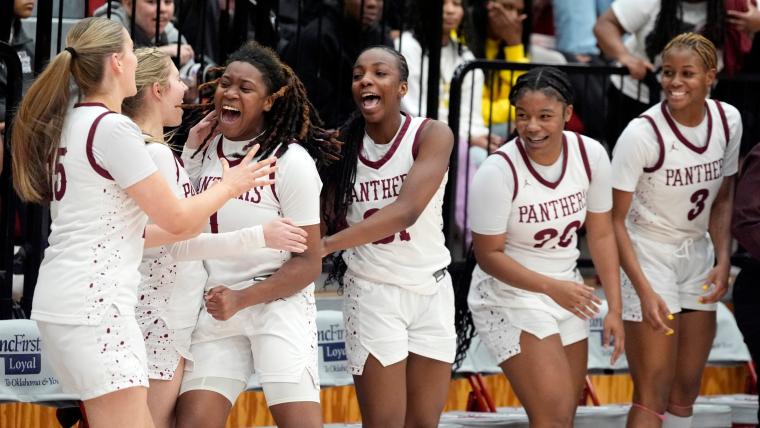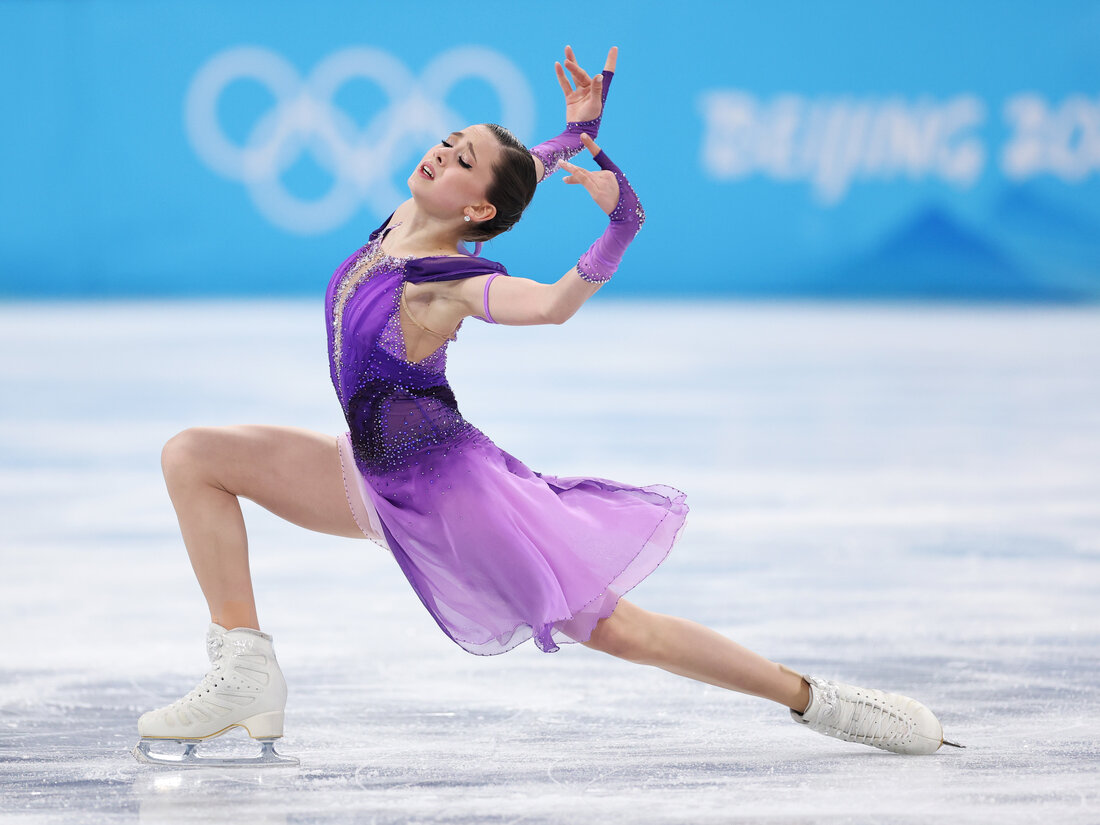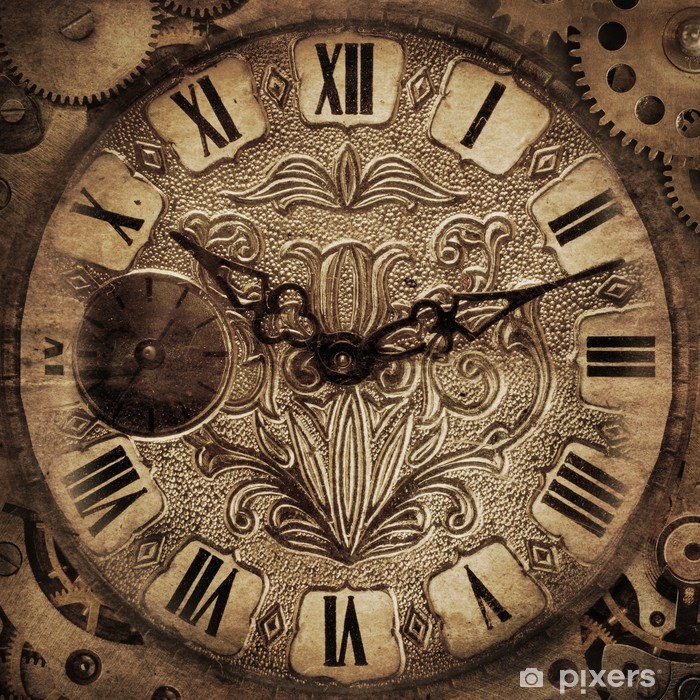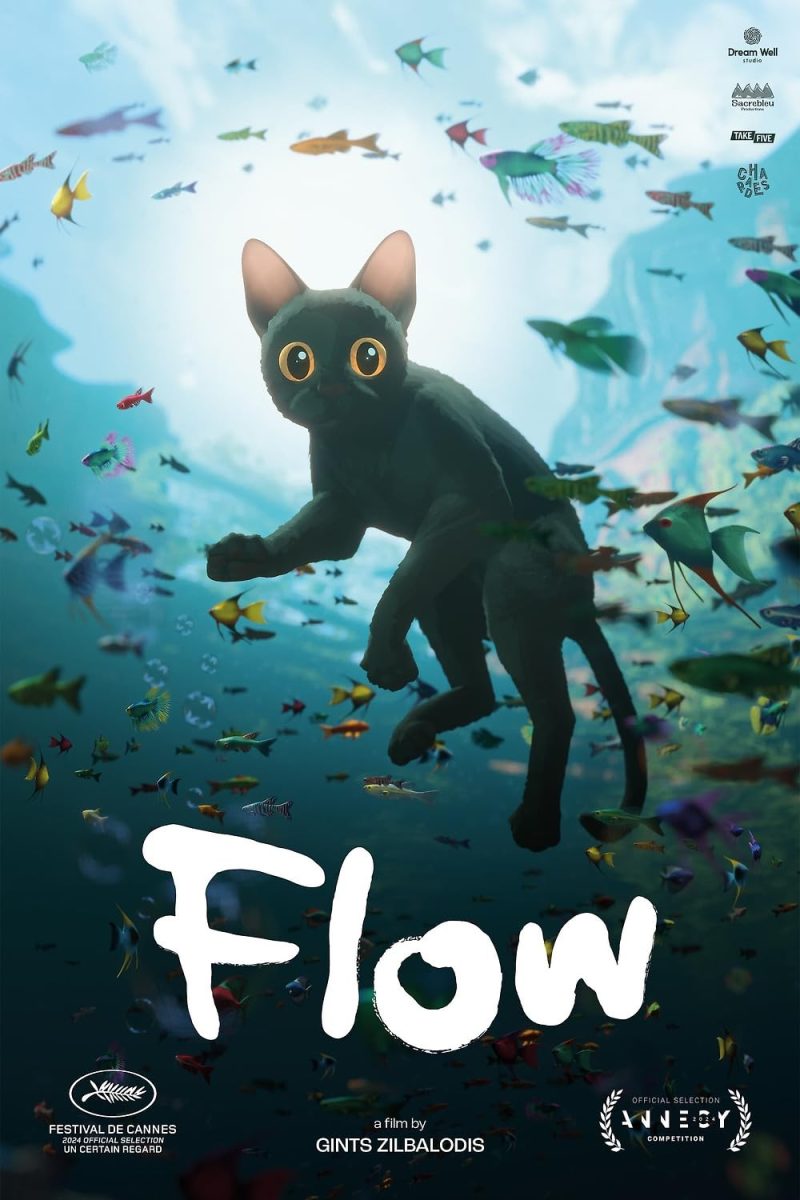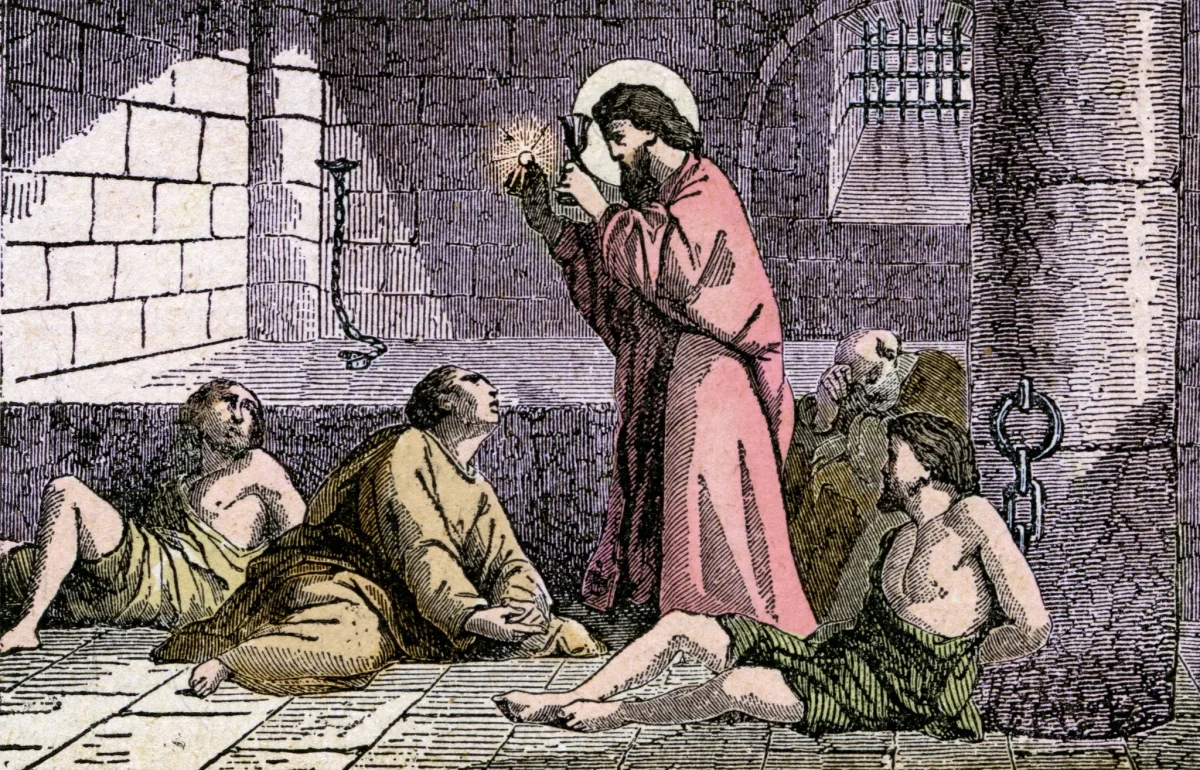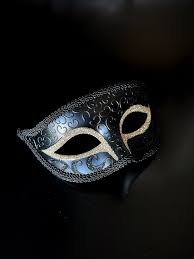The problem with a lot of mainstream media is that the characters are just that; characters. They
don’t feel like real people——they’re stagnant caricatures representing a person. They don’t
grow or change, their worldviews can’t waver, their personalities are always the same.
As I’ve said in a previous article, characters need personality to be liked at all by the reader.
However, the readers also need to see instances when those personalities break. We, as
humans, put on a show for society. We make a personality for ourselves to have a sense of
identity; we put on the face of a caricature. But we, as humans, are not caricatures, and your
characters shouldn’t be either.
If you have a character who’s generally angry, let them cry in sadness when all hope is lost. If
you have a sweet and innocent character, let them be consumed by rage when finally
confronting the people that hurt them. If you have a caring and empathetic character, have them
act cold when the innocence of someone they love is questioned. Your characters need
personality, but let them let go of it in emotional situations.
Take the classic “sunshine” character. They always look on the bright side, always do their best
to keep up morale in the team of characters. But what if “sunshine” says those things, but
doesn’t truly have hope? What if they’re desperately clinging to their role of keeping their friends
happy and positive and the cost of their own happiness?
Let’s take a look at another common trope; the “anger issues” character. It’s that character
who’s always yelling or getting frustrated with others. It’s a good trope (though a commonly used
one) that the “anger issues” character is that way because of a sad or traumatic event in their
life. They’re melancholy about their situation, so they take it out on other people. It’s a
phenomenon that appears a lot in real people, so it’s no surprise that it is used for fiction.
However, most stories portray the “anger issues” character as a pessimist that has no hope, so
they take it out on others. But what if they’re angry because they have hope? What if they lash
out because they know there’s a way to make things better, but they’re frustrated that they
haven’t found it yet? What if the “anger issues” character believes in miracles and magic, but is
bitter that said miracles haven’t happened to them?
Take this scenario; a horrible event has happened, and the main cast falls into despair thinking
there’s no way for them to win against the antagonist now. The sunshine character speaks up;
they say that they have to keep moving forward, they have to have hope. But they’re crying, and
everyone knows that they don’t have hope either. But then, the angry character yells.
Through tears, they scream at the others to “stop being idiots” and to “get up and keep fighting
because how else will we live through this? If we just sit around, we’ll lose for sure. Even if it’s
impossible for us to make it, would you rather sit around all wimpy, or would you rather go down
knowing you tried? Maybe we’re not the type of people who should get miracles, but they
certainly don’t come to people who don’t try to help themselves. Now get up and keep moving.”
When you blend personalities and ideologies into characters in a unique and interesting way,
you can effectively break caricatures and serve to the reader a new and fresh character that
they can both relate to and find uniquely fascinating.








